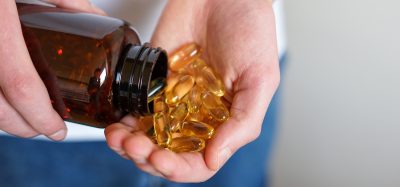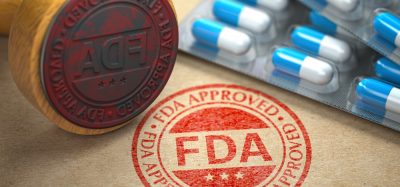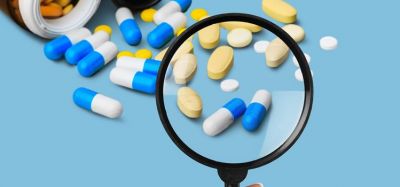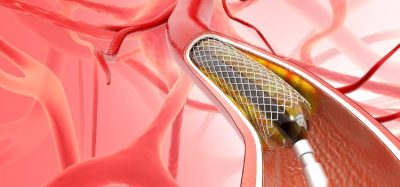Chromatography analysis for nitrosamine quantitation in pharmaceutical manufacturing water
Posted: 9 July 2024 | Catherine Eckford (European Pharmaceutical Review) | No comments yet
The paper describes an innovative ion chromatography-based analytical method for quantifying nitrite quantities in purified and potable water.
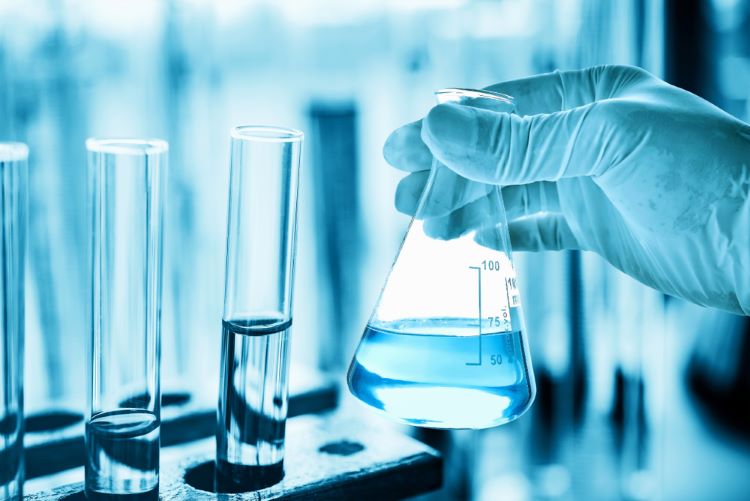

Researchers have developed an ultrasensitive analytical method for quantifying nitrite quantity in process water for pharmaceutical products. The team tested various samples two ion chromatography analytical methods. This included a range of water types eg, purified and potable water, according to the paper. Kumar et al. explained that “accurate determination of nitrite content in process water will support an understanding of the potential for nitrosamine formation from nitrite in process water for a given API or drug product manufacturing process”.
Main results from the chromatography study
Samples from a range of continents were tested. Notably, the chromatographic method achieved a limit of quantitation (LOQ) of 1 ppb for potable water and a lower LOQ of 0.1 ppb for purified and water for injection (WFI) water. This was due to the absence of interfering ions, Kumar et al. concluded. Potable water samples typically measured less than 1 ppb nitrite, with the highest data point being at 3.4 ppb, the data showed.
All the purified water samples that were analysed, bar one, had nitrite levels below the quantitation limit of the method, ie, <0.1 ppb”
All the purified water samples that were analysed, bar one, had nitrite levels below the quantitation limit of the method, ie, <0.1 ppb. Only one sample contained 0.2 ppb nitrite, the paper reported.
Additionally, the paper stated that the potable water samples analysed using the chromatography method showed nitrite levels of <3.5 ppb. The authors noted that the observations were contextualised to “illustrate the amounts of nitrosamine that could be formed from process water during API and drug product manufacture”.
Limiting nitrosamine formation
The authors highlighted that wet granulation is commonly used to manufacture solid oral dosage forms. These processes “typically use small amounts of water, and a value of 1 L/kg water is a reasonable worst case”. As such, process water in wet granulation drug product processes is a “vanishingly small risk for nitrosamine formation”.
In conclusion, because there is “so little nitrite in purified water” using it in drug substance manufacturing processes, “even under acidic conditions and in the presence of vulnerable amines, does not constitute a nitrosamine presence risk for the product in most cases”.
The paper was published in Organic Process Research & Development.



